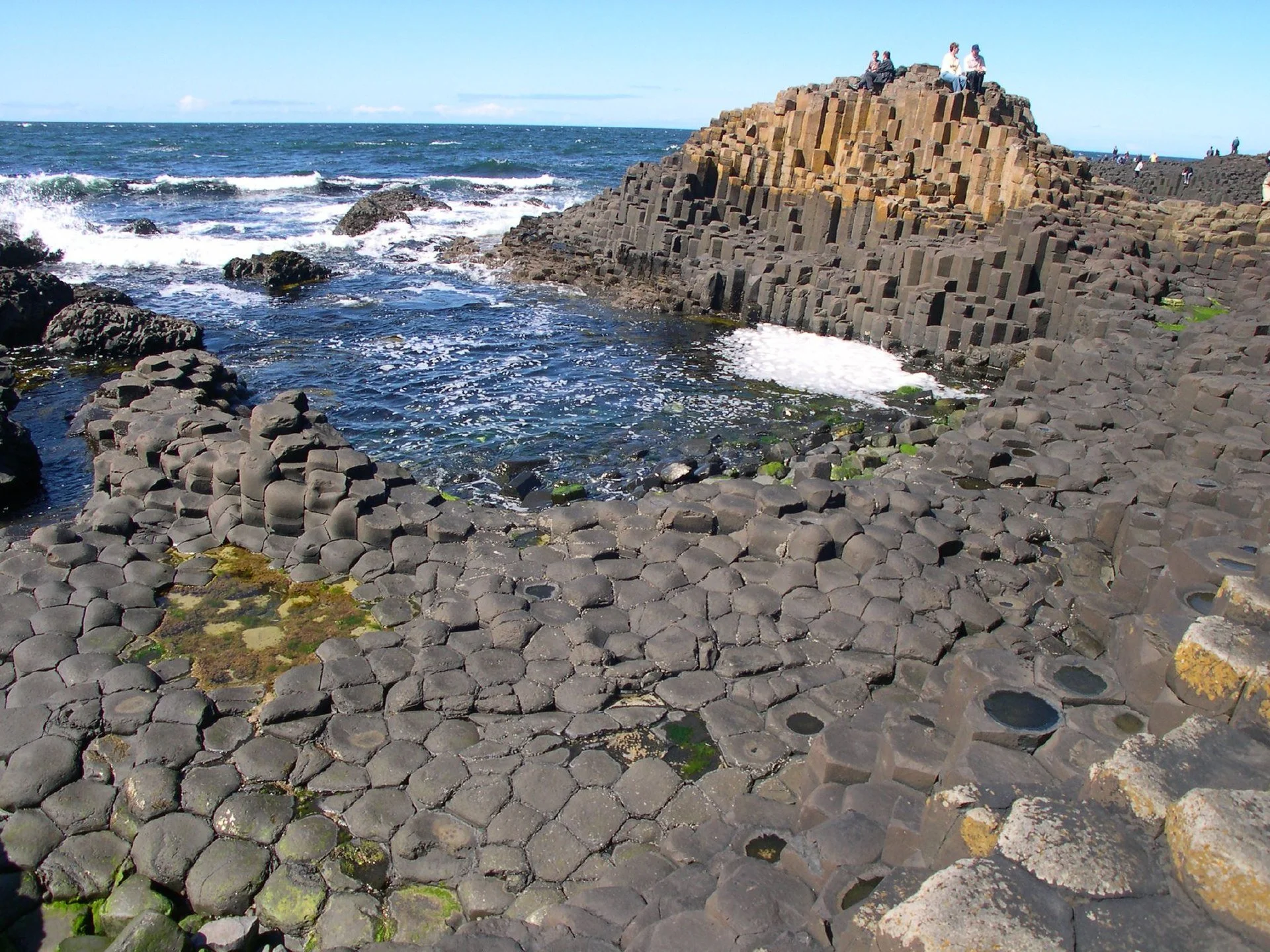BLOG: A St. Patrick’s Day Exploration of 7 Creepy Legends and Lore from Ireland
As St. Patrick's Day approaches, Ireland, with its verdant landscapes and ancient castles, intrigues us to explore the shadowy and legendary corners of its lore. Irish mythology and folklore are rich with tales of the supernatural, from eerie banshees to mysterious faeries. Here are (lucky) seven of the creepiest legends and lore from Ireland, where history and mystery meet.
1. The Banshee - A Harbinger of Death
The Banshee, from the Irish "Bean Sídhe," meaning "woman of the fairy mounds," is perhaps one of the most well-known and chilling figures in Irish folklore. Described as a wailing spirit, her mournful cry is believed to foretell the death of a family member. Historically, the Banshee has been described in many forms: a beautiful woman wearing a shroud, an old hag with frightening eyes, or a washerwoman at a ford. Sightings have been reported for centuries, with many families claiming to have their own banshee. Banshee tales have been passed down through generations, adding a personal and historical dimension to the legend.
2. The Pooka – Shapeshifting Tricksters
The Pooka, or Puca, is a creature of Celtic folklore considered to be a bringer of both good and bad fortune. It can shapeshift into various forms, including a horse, a rabbit, or a goat, often causing havoc or leading travelers astray. However, it can also be helpful, especially after Samhain, when it is said to go through the land and ensure a bountiful harvest for the coming year. Historical sightings and stories vary by region, with some areas of Ireland claiming more frequent encounters with these unpredictable spirits.
Glin Castle image from Wikipedia
3. The Lady of Glin – A Tragic Ghost Story
Glin Castle in County Limerick is home to one of Ireland’s most heartrending ghost stories. The Lady of Glin, also known as the White Lady, is said to wander the castle and its grounds, mourning her untimely death. According to legend, she fell from her horse and drowned in the River Shannon in the 18th century. Since then, her ghost has been spotted by locals and visitors alike, especially on moonlit nights, adding a layer of tragic romance to the castle's rich history.
4. The Headless Horseman of Sleepy Hollow – An Irish Export
While the Headless Horseman is famously associated with Washington Irving’s "The Legend of Sleepy Hollow" in America, the origins of this spectral figure can be traced back to Irish folklore. Known as the Dullahan, this fearsome creature rides a black horse, carrying his head under one arm. Sightings in Ireland describe the Dullahan as a harbinger of death, much like the Banshee. When he stops riding, a person dies. The legend suggests the only thing that terrifies this creature is gold, which can drive him away. The Dullahan represents a fascinating example of how Irish lore has influenced stories and legends worldwide.
Giant’s Causeway image from Wikipedia
5. The Giant’s Causeway – A Pathway for Giants
The Giant’s Causeway, with its interlocking basalt columns, is not just a natural wonder but also the setting for one of Ireland’s most famous legends. According to myth, the causeway was built by the giant Fionn mac Cumhaill (Finn McCool) to challenge his Scottish rival, Benandonner. The story embodies the rich tradition of giant lore in Ireland, blending natural history with the supernatural. The causeway stands as a testament to Ireland’s geological beauty and its capacity to inspire tales of epic proportion.
6. The Hungry Grass – Beware Where You Step
The Hungry Grass, or Féar Gortach, is a lesser-known but terrifying element of Irish folklore. These cursed patches of grass are said to cause insatiable hunger or even death to anyone who steps on them. Legend has it that Hungry Grass grows where a tragedy or death, often related to the Great Famine, has occurred. These stories serve as eerie reminders of Ireland’s past, intertwining historical events with the supernatural, and cautioning the living to remember and respect the dead.
7. The Leprechaun – Not Just a Quaint Symbol
Last but not least, the famous Leprechaun is a cheerful caricature associated with St. Patrick's Day — but it has deeper, more complex place in Irish folklore. Traditionally, these solitary creatures are cobblers who hide their pots of gold at the end of rainbows. Encounters with leprechauns have been described throughout history, with tales emphasizing their trickery and elusiveness. Unlike the benevolent fairy-tale version, the original leprechaun legends often highlight a more mischievous, sometimes malevolent character, cautioning against greed and the perils of dealing with the fae.
Ireland’s legends and lore offer a window into a world where the veil between the natural and the supernatural is thin. These stories, rooted in historical sightings and events, continue to captivate and frighten. May these tales of banshees, giants, and leprechauns inspire you to explore the deeper, darker, and decidedly intriguing supernatural aspects of Ireland’s heritage!
If you’re a TC member, take a listen to Member Episodes 332: Leprechaun In My Backyard and 382: Curse Of The Leprechaun!
To learn more Leprechaun lore, jig on over to our blog, Creature Feature Friday: Leprechauns, and explore one more creepy Irish tale in the Written Confession: The Legs in the Woods Near the Beaghmore Stone Circles.







